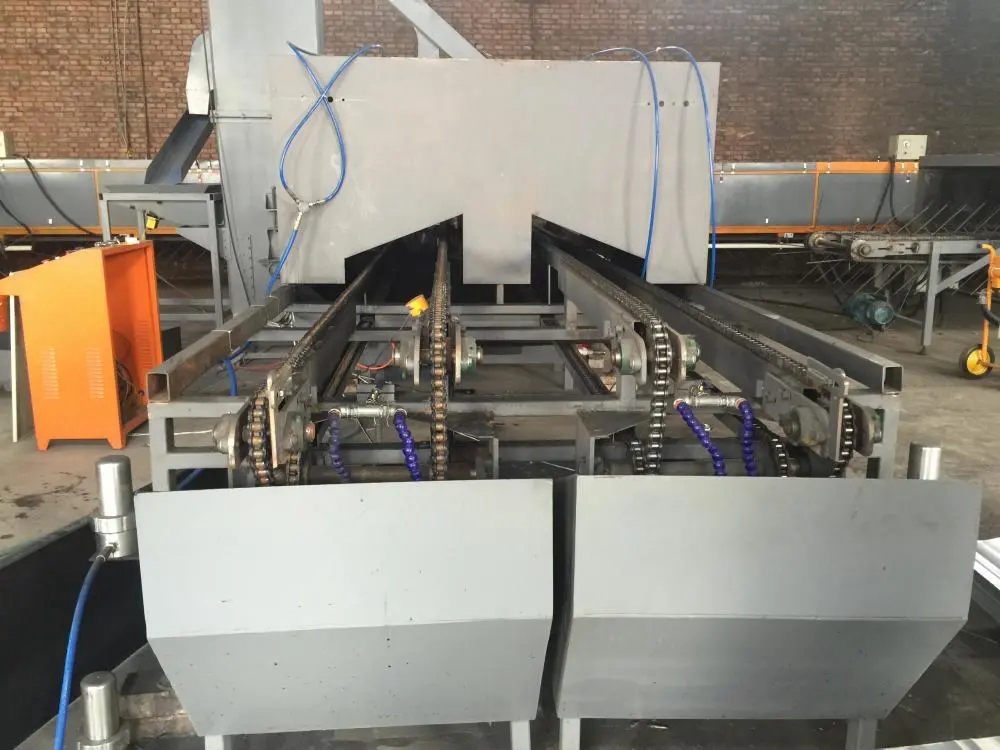
Fully Automatic Cable Tray Cold Roll Forming An Overview
In the modern electrical infrastructure, efficient cable management is vital for both safety and performance. One of the key components contributing to this efficiency is the cable tray, which serves to support and organize electrical cables in various applications. The demand for high-quality and reliable cable trays has led to advancements in manufacturing technologies, notably fully automatic cable tray cold roll forming.
What is Cold Roll Forming?
Cold roll forming is a process used to shape metal into desired profiles without the application of heat. In this method, metal sheets are passed through a series of rollers that gradually shape the material into specific forms. The cold forming process imparts superior mechanical properties to the metal, resulting in products that are stronger and more durable than those manufactured through traditional methods.
The Role of Automation
Fully automatic cable tray cold roll forming lines integrate advanced technology and robotics to enhance production efficiency and consistency. Automation in manufacturing involves the use of control systems for operating equipment in factories, reducing human intervention. This ensures that the process runs smoothly, with minimal errors and maximized output.
One of the primary advantages of a fully automatic system is the ability to produce complex shapes and sizes of cable trays with high precision. These automated systems can quickly adjust to different specifications, allowing manufacturers to respond to varied customer needs without significant downtime. This flexibility is crucial in today’s fast-paced market, where tailor-made solutions often deliver a competitive edge.
Features of a Fully Automatic System
A fully automatic cable tray cold roll forming system typically includes several key components

1. Uncoiling System This section unwinds the metal coils, feeding the material into the forming machinery. Advanced models utilize sensors to ensure a consistent feed without interruptions.
2. Roll Forming Machine The heart of the operation, this machine includes multiple sets of rollers that gradually shape the metal into a cable tray profile. The number of rollers and their configuration depend on the desired tray design.
3. Cutting System Once the tray reaches the appropriate length, a cutting mechanism, often using high-precision saws, makes clean cuts, ensuring the final product meets specified dimensions.
4. Stacking and Packaging Automation After production, trays are automatically stacked and packaged for shipment. This reduces manual handling and increases throughput.
Environmental Impact and Energy Efficiency
Modern cold roll forming systems are designed not only for efficiency but also for sustainability. Many systems utilize energy-efficient motors and recycling capabilities for scrap metal, minimizing waste generated during production. Furthermore, the structural integrity of cold-formed trays means that lighter materials can be used without compromising strength, thereby reducing the transportation carbon footprint.
Conclusion
The introduction of fully automatic cable tray cold roll forming technology marks a significant step forward in the manufacturing of cable management solutions. By combining cold roll forming processes with automation, manufacturers can produce high-quality, customizable cable trays more efficiently and sustainably than ever before. As industries continue to evolve, the need for innovative and reliable infrastructure will only grow, highlighting the importance of advancements in cable tray manufacturing.